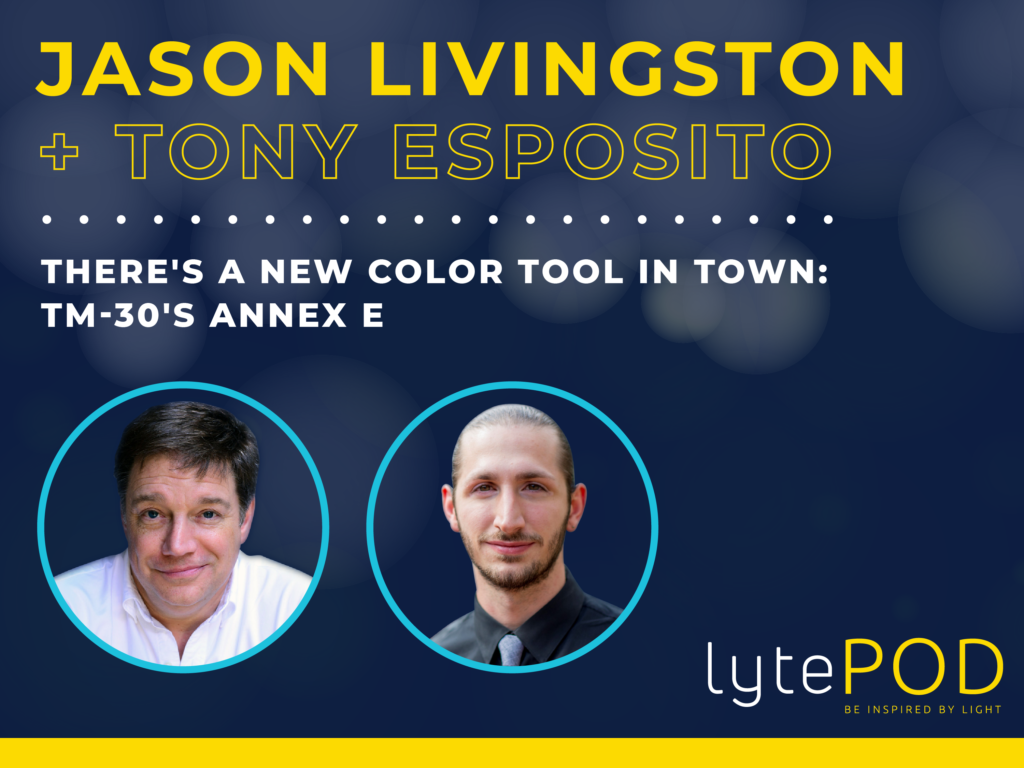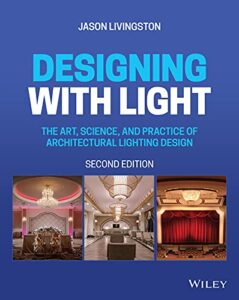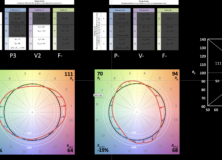I attended LEDucation in New York City this week. While there I spoke to over two dozen manufacturers, none of whom understood color rendering beyond the (partially accurate) belief that higher CRI is better. My conversations when like this.
Lighting Salesperson: “Our color rendering is great. Our CRI is over 90 and our R9 is over 50.”
Me: “CRI measures color fidelity. What if my goals are something else?”
Lighting Salesperson: “…”
or
Lighting Salesperson: “Our color rendering is great. Our CRI is over 90 and our R9 is over 50.”
Me: “CRI has inaccuracies that have been known for decades while TM-30 is the most accurate and up to date system. If color fidelity is important to you, why aren’t you using TM-30’s Rf?”
Lighting Salesperson: “Well, lighting designers don’t understand TM-30.”
Me: “Oh, I think many of them do. But, even if they don’t, don’t you want to be sure that your color rendering claims are true? Couldn’t you educate designers about TM-30? The IES Color Committee will help.”
Lighting Salesperson: “…”
So, (big sigh, big eye roll) let’s go over this again. If we think of CIE 13.3-1995 Method of Measuring and Specifying Colour Rendering Properties of Light Sources, aka CRI, as a technology, then it’s a technology from 1965 which is when the first version was published. In 1965 Lyndon Johnson was president, Bonanza was the most popular TV show, Wooly Bully by Sam the Sham and The Pharaohs was the most popular song, and the Chevrolet Impala (Jet Smooth Ride!) was the most popular car. CRI is O-L-D.
As with any other technology that is 57 years old, the science has advanced. Unfortunately, CRI has not. There were two minor corrections, the most recent in 1995, but they did little to fix at least a half dozen errors and inaccuracies that have been well documented for decades. The CIE basically admitted that when, in 2017, they published CIE 224 Colour Fidelity Index for Accurate Scientific Use, which is TM-30’s Rf measure of fidelity. Why publish 224 and not withdraw CRI? Why have one measure for accurate scientific use and one for (inaccurate?) general use? The CIE requires unanimous votes for any action to be approved. I’m told by reliable sources who were in the room that one global lamp manufacturer has been resisting updating or replacing CRI for decades, and that one manufacturer has held up progress or change.
So, CRI is has known inaccuracies resulting from a combination of outdated internal calculations along with other limitations. Meanwhile, TM-30 is known to be the most accurate measure of fidelity. If fidelity is your concern, Rf is the measurement you want to use.
What about concerns other than fidelity? When TM-30 was published in 2015 there wasn’t evidence it could be used for purposes other than fidelity. However, by 2018 studies provided ample evidence that TM-30 measures could also be used to evaluate light sources for preference and vividness. The studies are summarized in TM-30’s Annex F, and recommendations based on those studies are in Annex E (yes, that seems backwards, sorry). Here’s an explanation of all three color rendering goals. (Oh, and TM-30 is still a free download from the IES!)
I think preference is an incredibly interesting color rendering goal. Color preference means that the light source in question renders colors differently than the reference light source (and therefore has a lower fidelity) but does so in a way that is preferred by most people (usually by slightly increasing the saturation of colors, especially red). Color preference is usually my color rendering goals in spaces, such as hospitality, where aesthetics are the primary concern.
Manufacturers don’t get it. Designers do, and we have to demand that they educate themselves so they can provide us with the tools we need.




